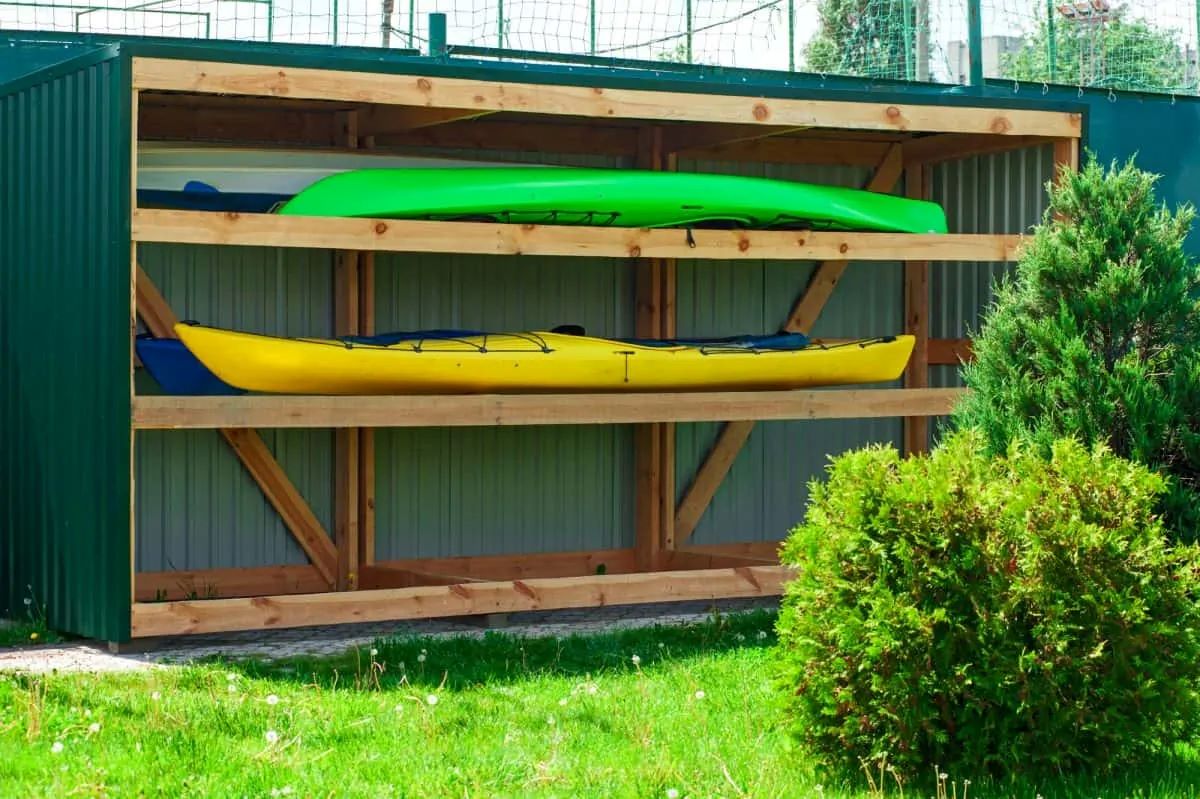

Articles
How To Store A Kayak Outside
Modified: October 28, 2024
Learn how to properly store your kayak outdoors with our informative articles. Protect your kayak from the elements and ensure it stays in optimal condition.
(Many of the links in this article redirect to a specific reviewed product. Your purchase of these products through affiliate links helps to generate commission for Storables.com, at no extra cost. Learn more)
Introduction
Storing a kayak outside requires careful consideration and proper maintenance to ensure its longevity and optimal performance. Whether you are an avid paddler or a casual kayak enthusiast, it is essential to understand the steps involved in storing your kayak outdoors to protect it from the elements and potential damage.
In this article, we will guide you through the process of storing a kayak outside, covering important aspects such as choosing the right location, cleaning and preparing the kayak, proper covering and protection, anchoring techniques, secure storage solutions, and regular maintenance.
By following these guidelines, you can ensure that your kayak remains in excellent condition, ready for your next adventure.
Key Takeaways:
- Choose a sheltered location with easy access and security to store your kayak outside, protecting it from the elements and potential theft.
- Regularly clean, inspect, and maintain your outdoor-stored kayak to prevent damage and ensure it’s always ready for your next paddling adventure.
Read more: How To Store Kayaks Outside In Winter
Choosing the Right Location
When it comes to storing a kayak outside, selecting the right location is crucial for its long-term preservation. Here are some factors to consider:
- Shelter: Look for a location that provides some form of shelter from direct sunlight, rain, and snow. A covered patio, shed, or canopy can offer suitable protection.
- Ground Surface: Ensure that the area where you store your kayak has a clean, even surface. Avoid storing it on rough terrain or sharp objects that could damage the hull.
- Accessibility: Choose a location that allows convenient access to your kayak when you are ready to use it. Consider the distance from your home and the ease of transporting the kayak to and from the storage area.
- Security: Keep security in mind by selecting a location that is less visible to potential thieves. If possible, install outdoor security cameras or take other measures to deter theft.
By carefully considering these factors, you can find the optimal location to store your kayak, ensuring that it remains safe and protected from the elements.
Cleaning and Preparing the Kayak
Before storing your kayak outside, it is essential to clean and prepare it properly to maintain its integrity. Here are the steps to follow:
- Rinse: Start by thoroughly rinsing your kayak with fresh water to remove any saltwater, dirt, or debris. Use a hose or a bucket of water and a sponge to gently clean the surface.
- Scrub: If your kayak has stubborn stains or residue, you can use a mild detergent or kayak cleaner. Apply the cleaner to a sponge or soft brush and scrub the affected areas. Be careful not to use abrasive cleaners or brushes that could damage the kayak’s finish.
- Dry: Allow the kayak to dry completely before storing it. Wipe down the surface with a clean, dry cloth to remove any excess moisture. This will help prevent mold and mildew growth during storage.
- Remove Accessories: Take off any detachable accessories such as seats, paddles, and storage compartments. Clean and dry them separately before storing them in a secure place.
- Inspect for Damage: Take the time to carefully inspect your kayak for any signs of damage or wear. Check for cracks, dents, or loose fittings. Address any repairs needed before storing the kayak.
By following these cleaning and preparation steps, you can keep your kayak in optimal condition, ready for storage outside.
Proper Covering and Protection
When storing a kayak outside, it is crucial to provide adequate covering and protection to shield it from the elements. Here are some tips to ensure proper protection:
- Kayak Cover: Invest in a high-quality kayak cover that fits your specific kayak model. These covers are designed to protect your kayak from UV rays, rain, and debris. Make sure the cover is secure and properly fitted to prevent any water or dirt from seeping in.
- Tarp or Plastic Sheet: If you don’t have a kayak cover, you can use a tarp or a large plastic sheet to cover your kayak. Ensure that it is securely fastened to prevent the wind from blowing it off and to keep moisture away.
- Elevate from Ground: To avoid damage from damp surfaces, elevate your kayak off the ground. Use kayak stands or blocks to lift the kayak slightly above the surface, allowing air to circulate and prevent moisture buildup.
- Padding: Place foam padding or towels under pressure points such as the cockpit to prevent any stress or warping of the kayak’s hull while it is in storage.
- Secure Loose Items: Before covering your kayak, secure any loose items such as straps, bungee cords, or handles to prevent them from getting tangled or damaged during storage.
By properly covering and protecting your kayak, you can ensure that it remains free from dirt, moisture, and sun damage while stored outside.
To store a kayak outside, use a heavy-duty tarp to protect it from the elements, and elevate it off the ground to prevent moisture buildup. Additionally, consider using a kayak cover for added protection.
Anchoring the Kayak
When storing a kayak outside, it is important to anchor it properly to prevent it from shifting or being carried away by strong winds. Here’s how you can securely anchor your kayak:
- Use Tie-Down Straps: Securely strap your kayak to a sturdy anchor point, such as a fence, post, or a specially designed kayak rack. Use high-quality tie-down straps with strong buckles to ensure that the kayak is tightly secured.
- Distribute Weight: When anchoring multiple kayaks, make sure to evenly distribute the weight to maintain balance and stability. Avoid placing excessive pressure on one particular area of the kayak.
- Consider the Wind Direction: Position your kayak in a way that minimizes its exposure to strong winds. Avoid open areas or locations where strong gusts can cause damage or dislodge the kayak.
- Check the Anchoring regularly: Regularly inspect the anchor points and straps to ensure they are secure and in good condition. If any signs of wear or damage are detected, repair or replace them promptly to maintain the kayak’s stability.
By properly anchoring your kayak, you can prevent it from getting damaged or being blown away during inclement weather, ensuring greater safety and longevity.
Read more: How To Store A Kayak
Secure Storage Solutions
When storing a kayak outside, it is important to consider secure storage solutions that provide additional protection against theft and vandalism. Here are some options to consider:
- Lockable Storage Shed: Invest in a lockable storage shed specifically designed for outdoor gear, including kayaks. These sheds provide a secure and protected space for storing your kayak and other accessories. Make sure the shed is well-ventilated to prevent moisture buildup.
- Kayak Storage Racks: Install kayak storage racks on the exterior of your home or garage. These racks keep your kayak off the ground and provide a secure attachment point. Look for racks with built-in locks or add an additional lock for added security.
- Indoor Storage: If space permits, consider storing your kayak indoors, such as in a basement or a garage. Indoor storage provides the highest level of protection from the elements and potential theft.
- Neighborhood Storage Co-op: Explore the possibility of joining or creating a neighborhood storage co-op specifically for outdoor gear, including kayaks. This can provide a secure and convenient storage solution for a group of kayak enthusiasts.
Remember to research and choose the storage solution that best fits your needs, taking into consideration factors such as budget, space availability, and security requirements.
Regardless of the storage solution you choose, it is important to maintain regular communication with your neighbors and take necessary precautions to ensure the security of your kayak.
Regular Maintenance and Inspection
Maintaining your kayak’s condition is essential for its longevity and performance. Regular maintenance and inspections should be part of your routine when storing a kayak outside. Here are some key steps to follow:
- Regular Cleaning: Clean your kayak regularly, even when it’s in storage, to prevent dirt, mold, and mildew buildup. Follow the cleaning steps mentioned earlier to keep it clean and free from any potential damage.
- Inspect for Damage: Conduct routine inspections to check for any signs of damage. Inspect the hull, seams, handles, and fittings for cracks or wear. Pay close attention to areas that are more susceptible to damage, such as the keel or the bow and stern of the kayak.
- Repair and Maintain: Address any issues or damages promptly to prevent them from worsening. Use appropriate repair kits or consult a professional to fix cracks, leaks, or damaged parts. Regularly maintain the kayak’s hardware, such as hinges, buckles, and straps.
- Check the Cover: Inspect the kayak cover to ensure it is not damaged and is securely fastened. Replace any worn-out or damaged covers to maintain optimal protection for your kayak.
- Check the Anchor Points: Regularly inspect the anchor points, tie-down straps, and any other attachments to ensure they are secure. Replace any worn or damaged straps as needed.
Regular maintenance and inspections help identify potential issues early on and prevent them from escalating. By taking proper care of your kayak, you can ensure it remains in excellent condition and ready for future adventures.
Conclusion
Storing a kayak outside requires careful consideration and proper maintenance to protect it from the elements and potential damage. By choosing the right location, cleaning and preparing the kayak, providing proper covering and protection, anchoring it securely, and exploring secure storage solutions, you can ensure that your kayak remains in excellent condition.
Regular maintenance and inspections are also vital to identify and address any potential issues promptly. By following these guidelines, you can extend the lifespan of your kayak, ensuring it is always ready for your next paddling adventure.
Remember, proper storage and maintenance will not only enhance your kayak’s longevity but also maintain its performance and value. So take the necessary time and effort to store your kayak outside with care, and it will reward you with countless memorable experiences on the water.
Frequently Asked Questions about How To Store A Kayak Outside
Was this page helpful?
At Storables.com, we guarantee accurate and reliable information. Our content, validated by Expert Board Contributors, is crafted following stringent Editorial Policies. We're committed to providing you with well-researched, expert-backed insights for all your informational needs.
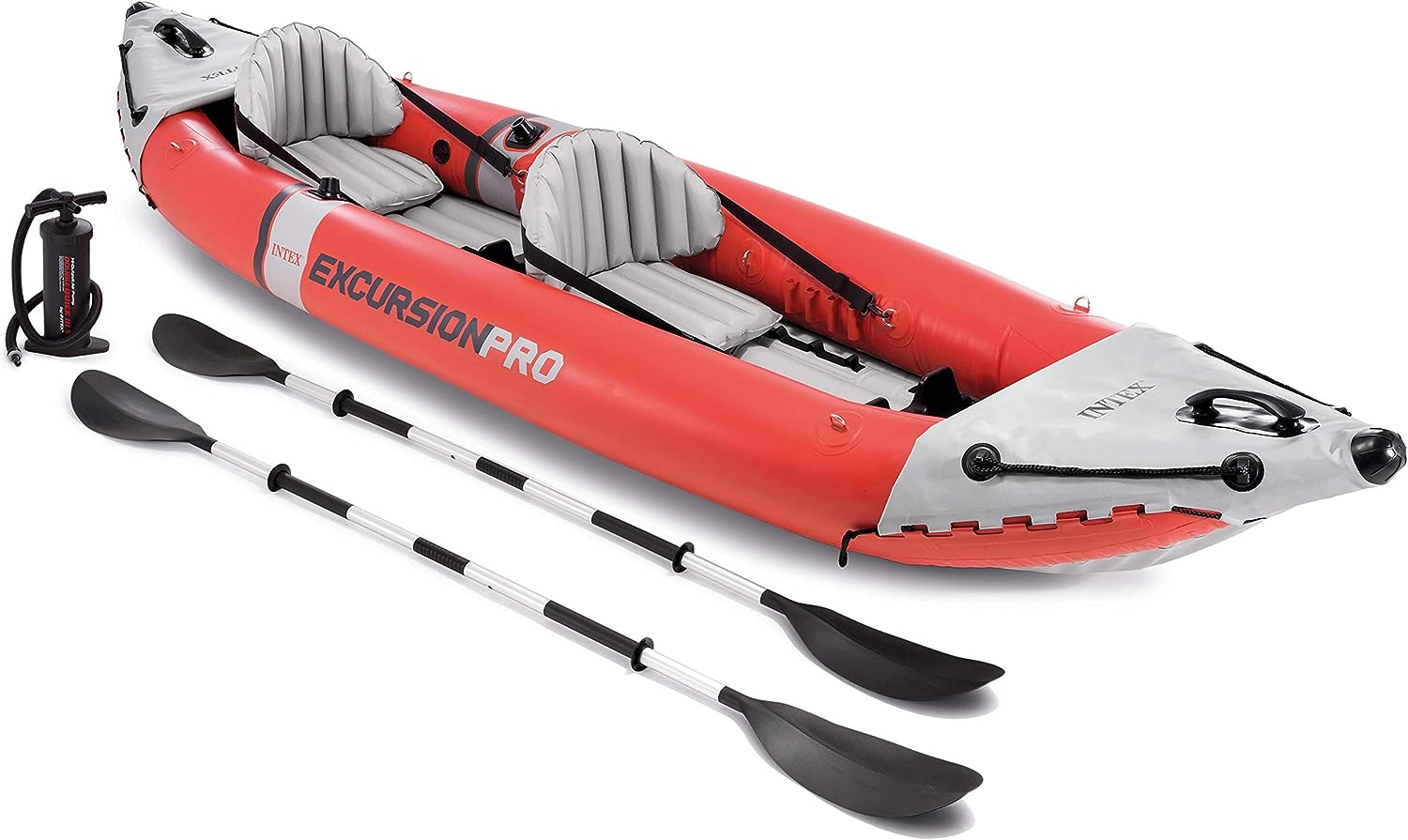
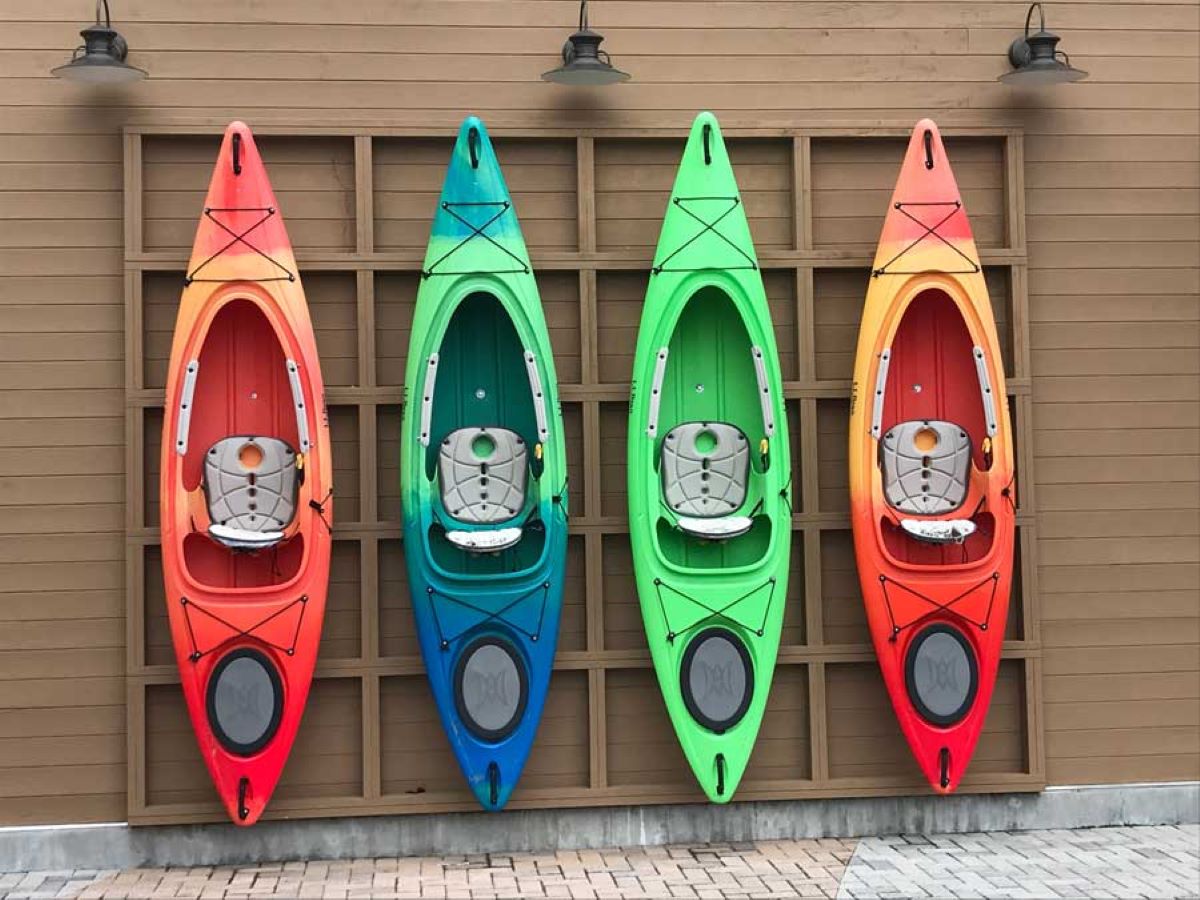
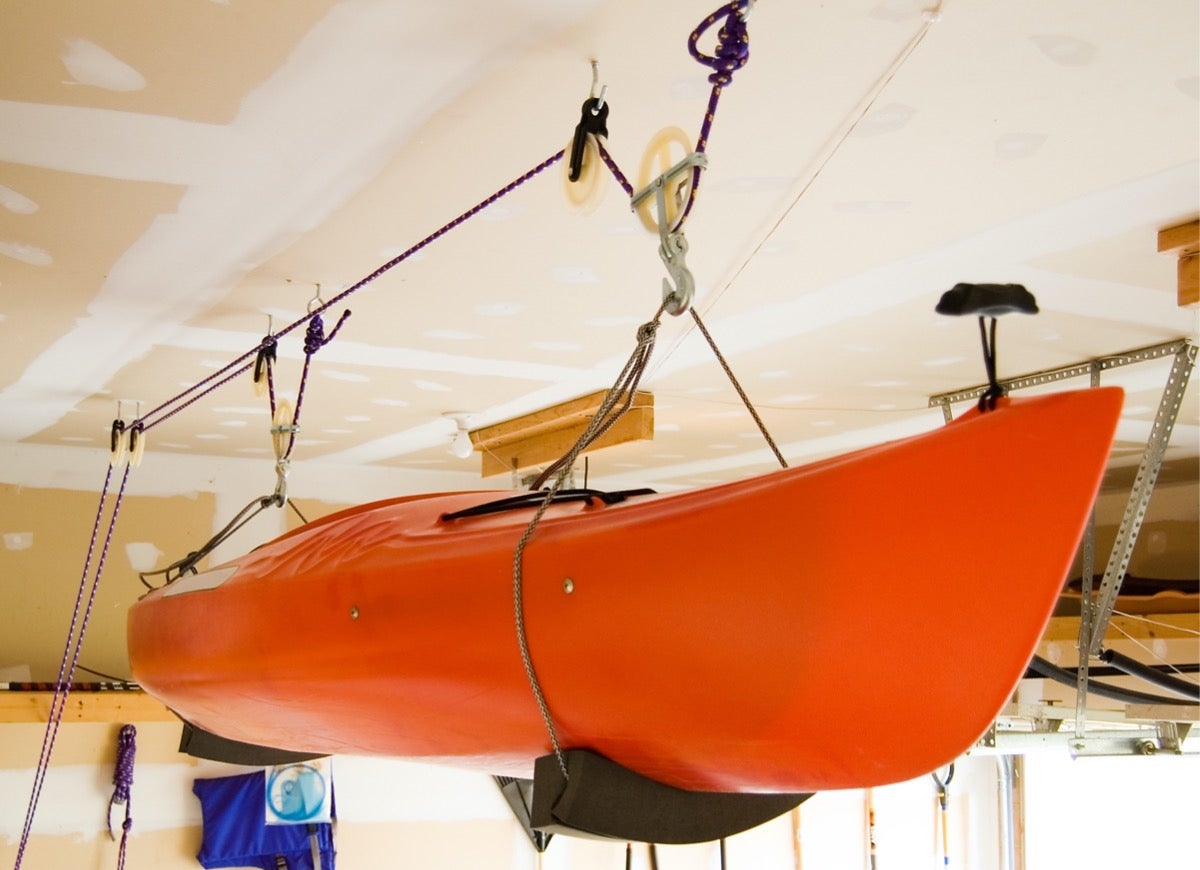
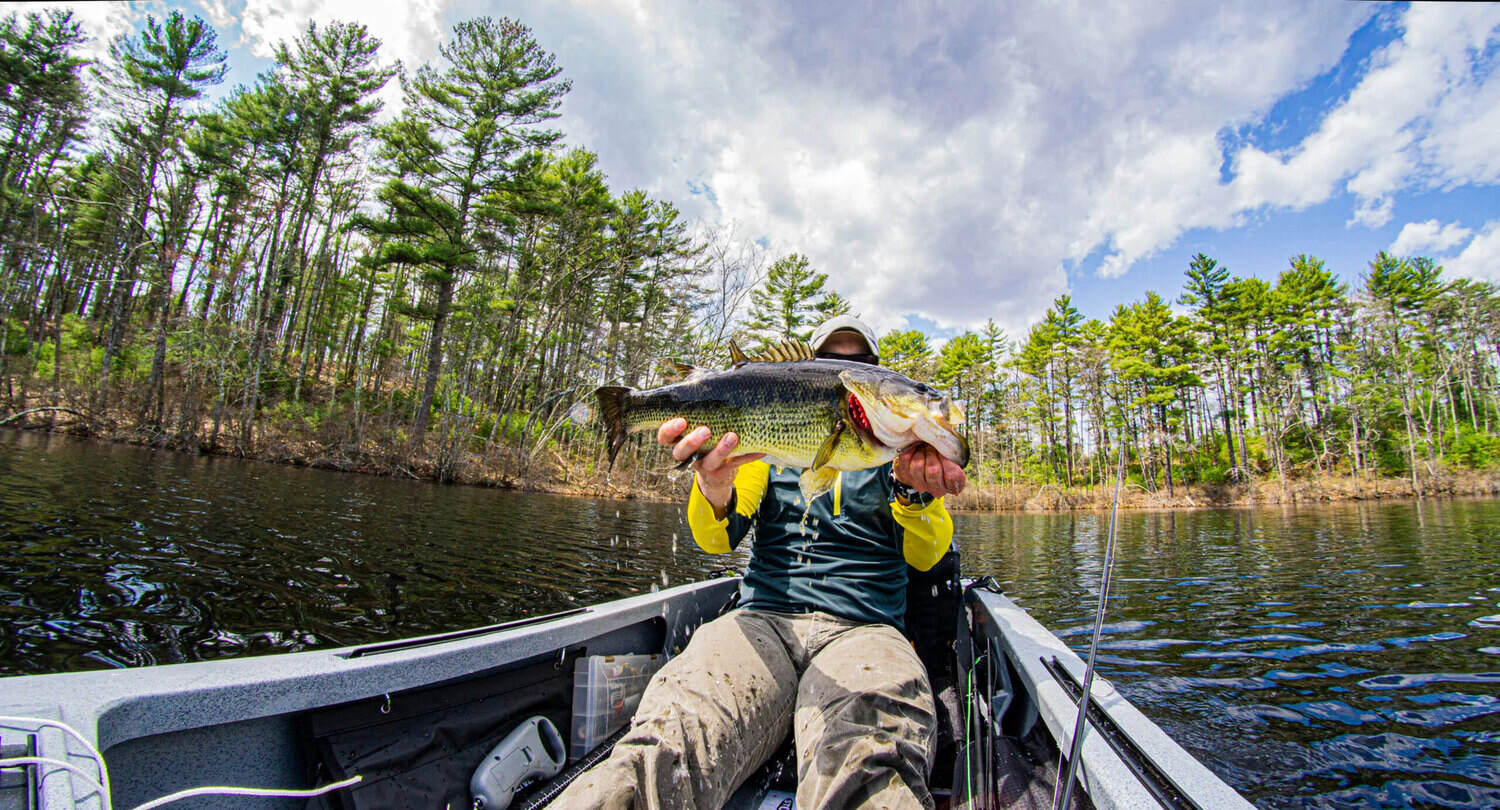
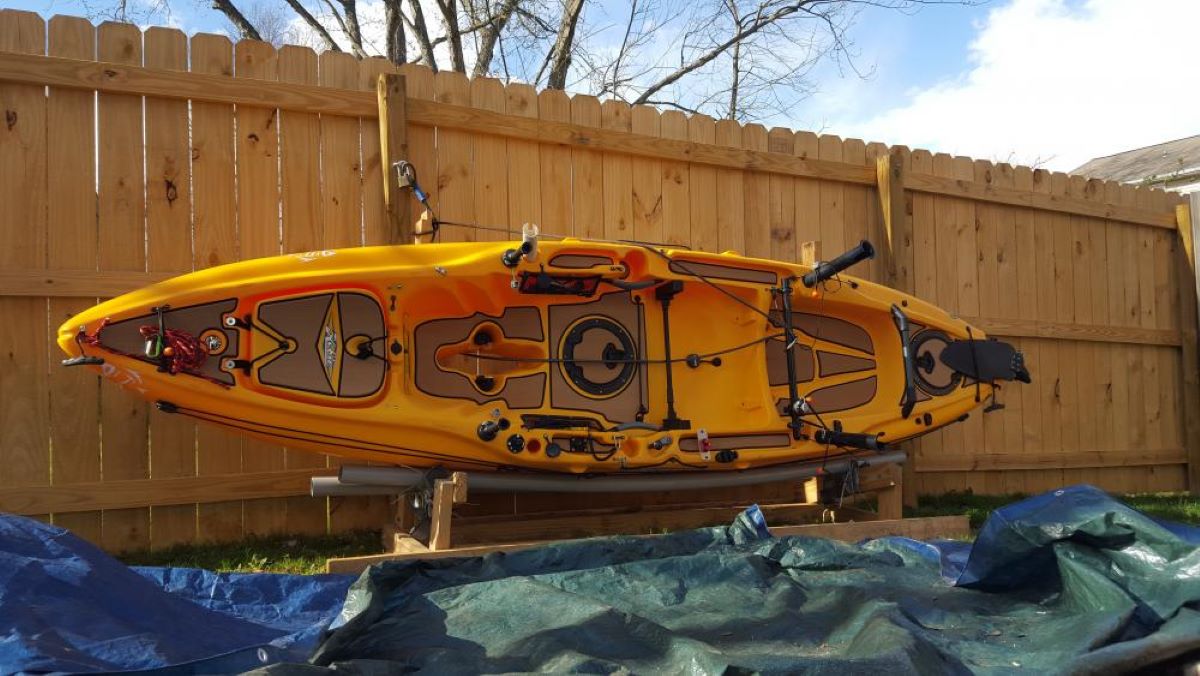
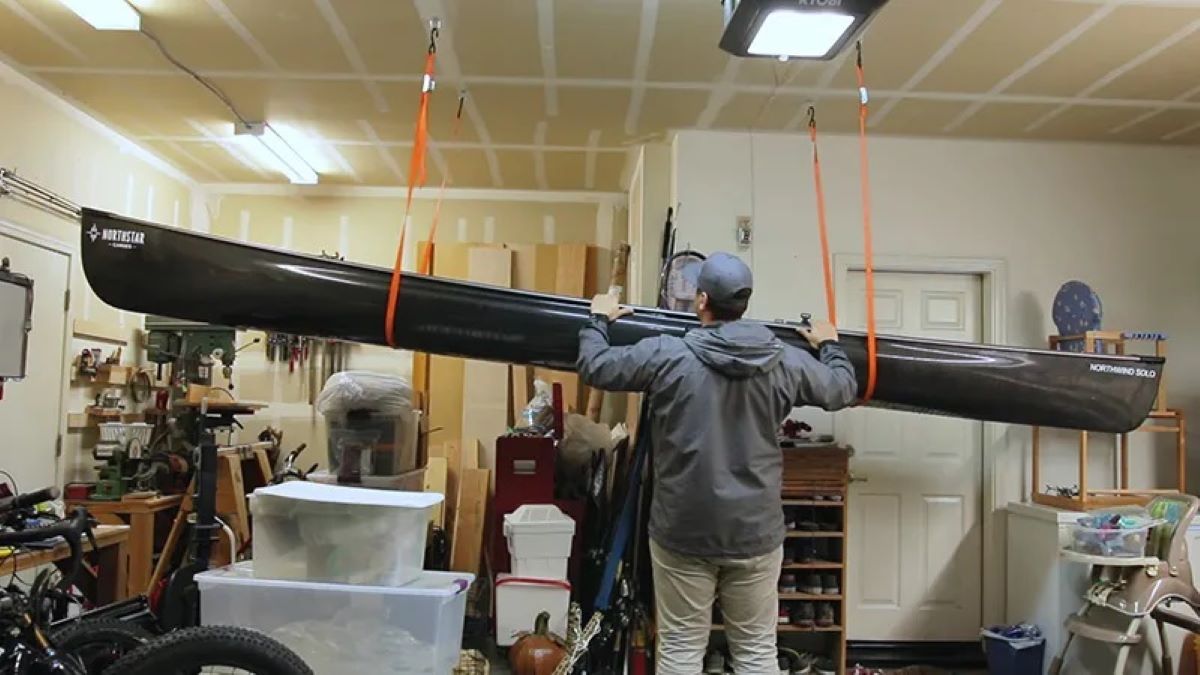
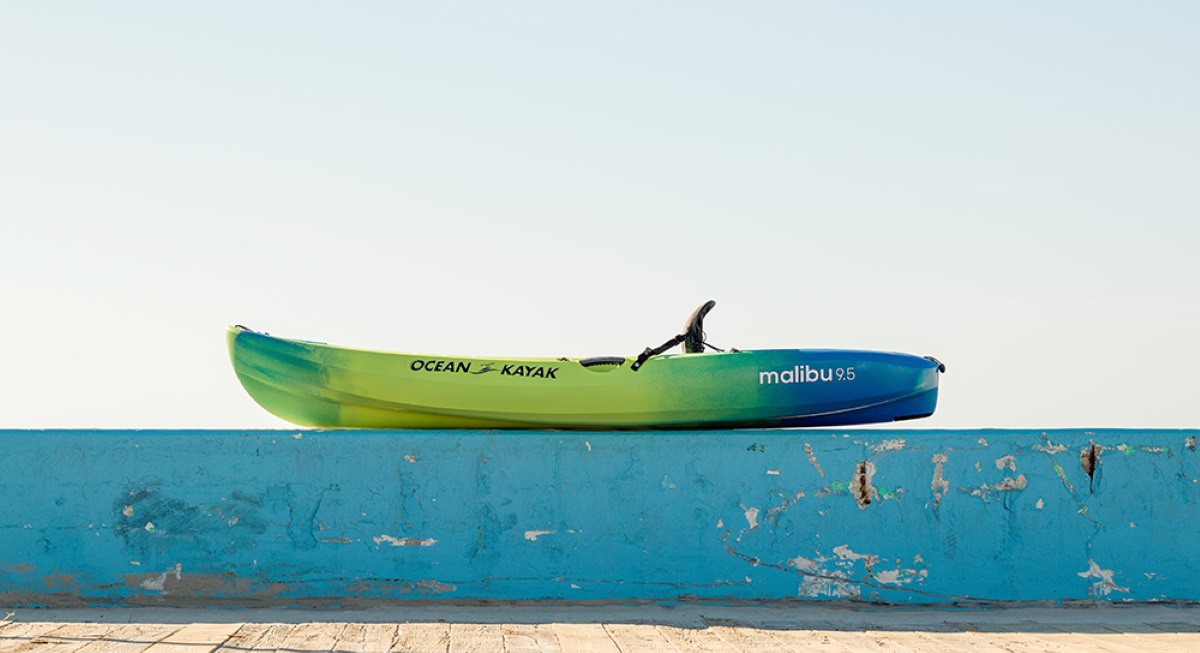
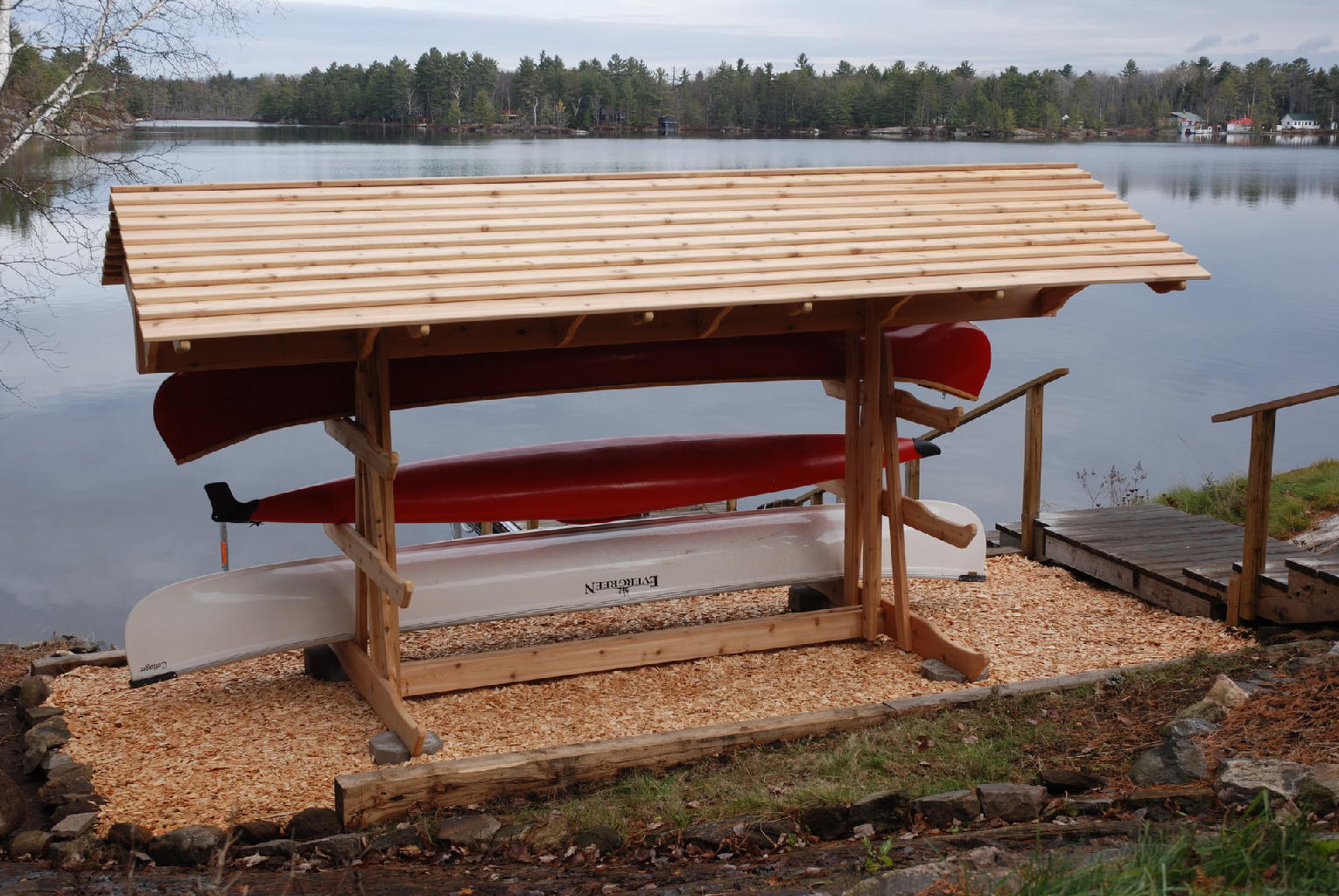
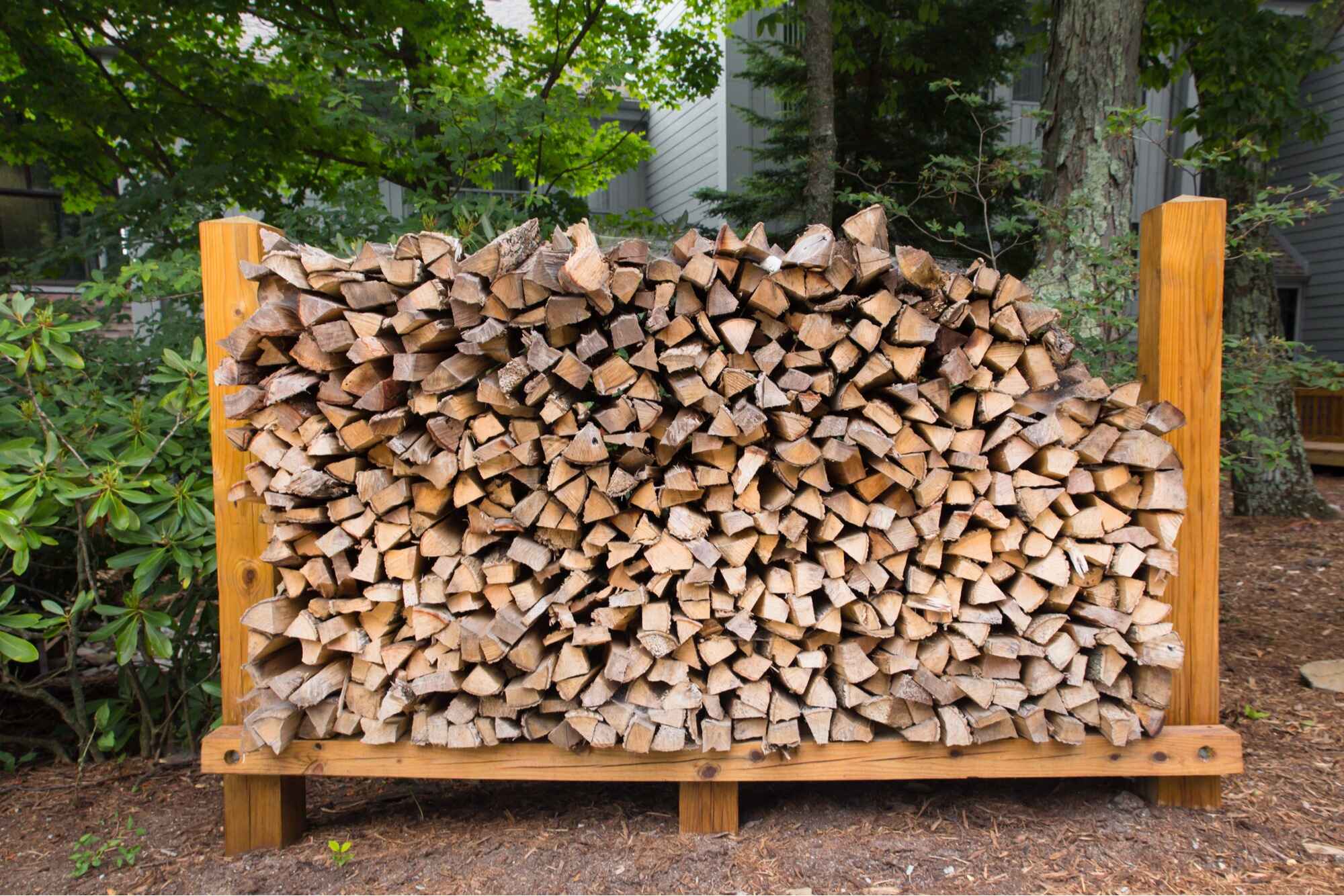

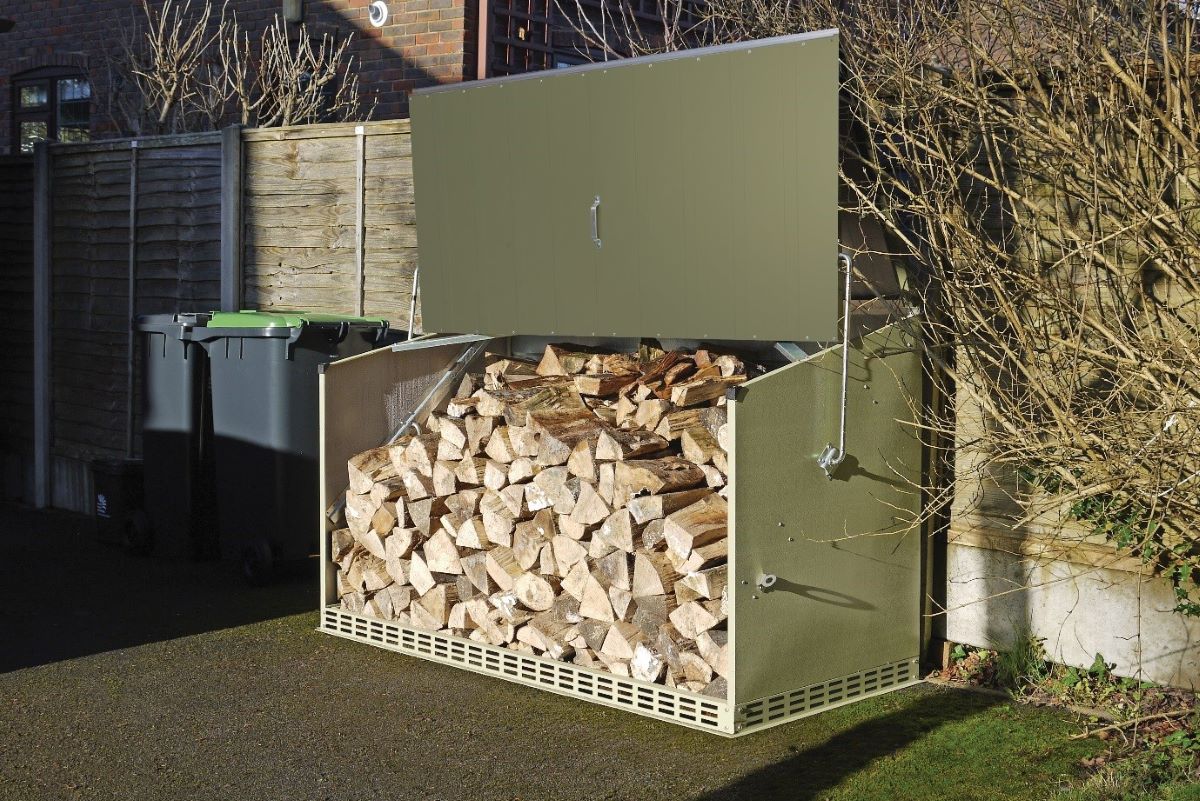
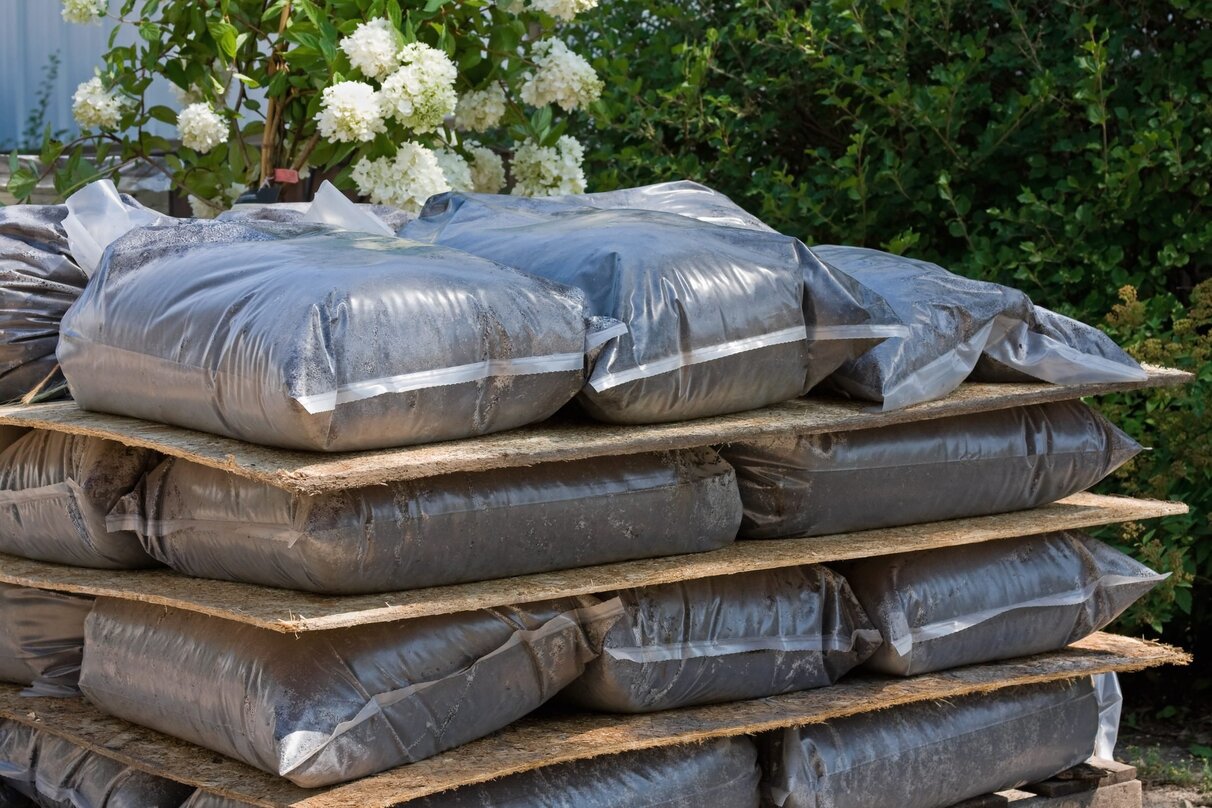

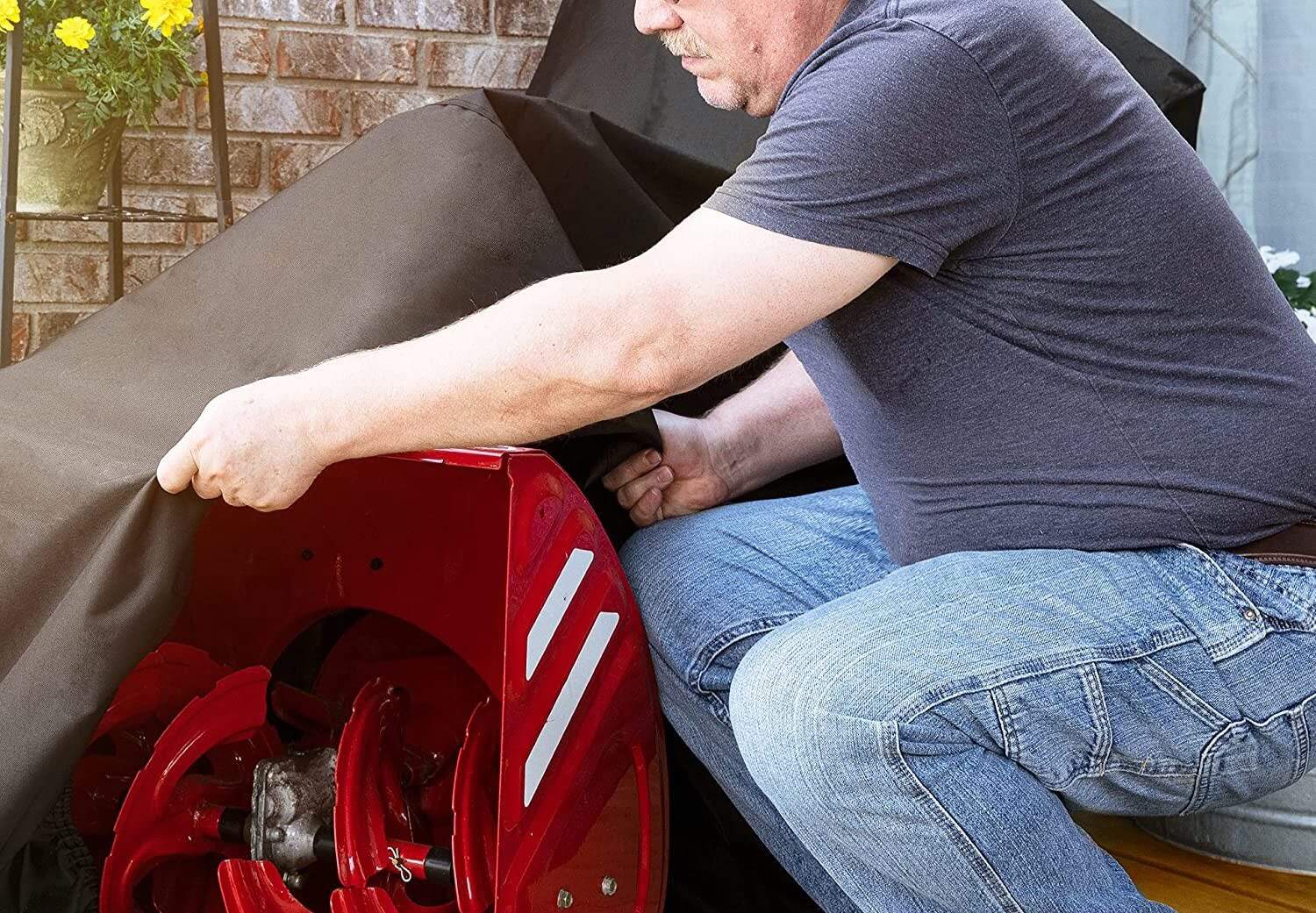

0 thoughts on “How To Store A Kayak Outside”